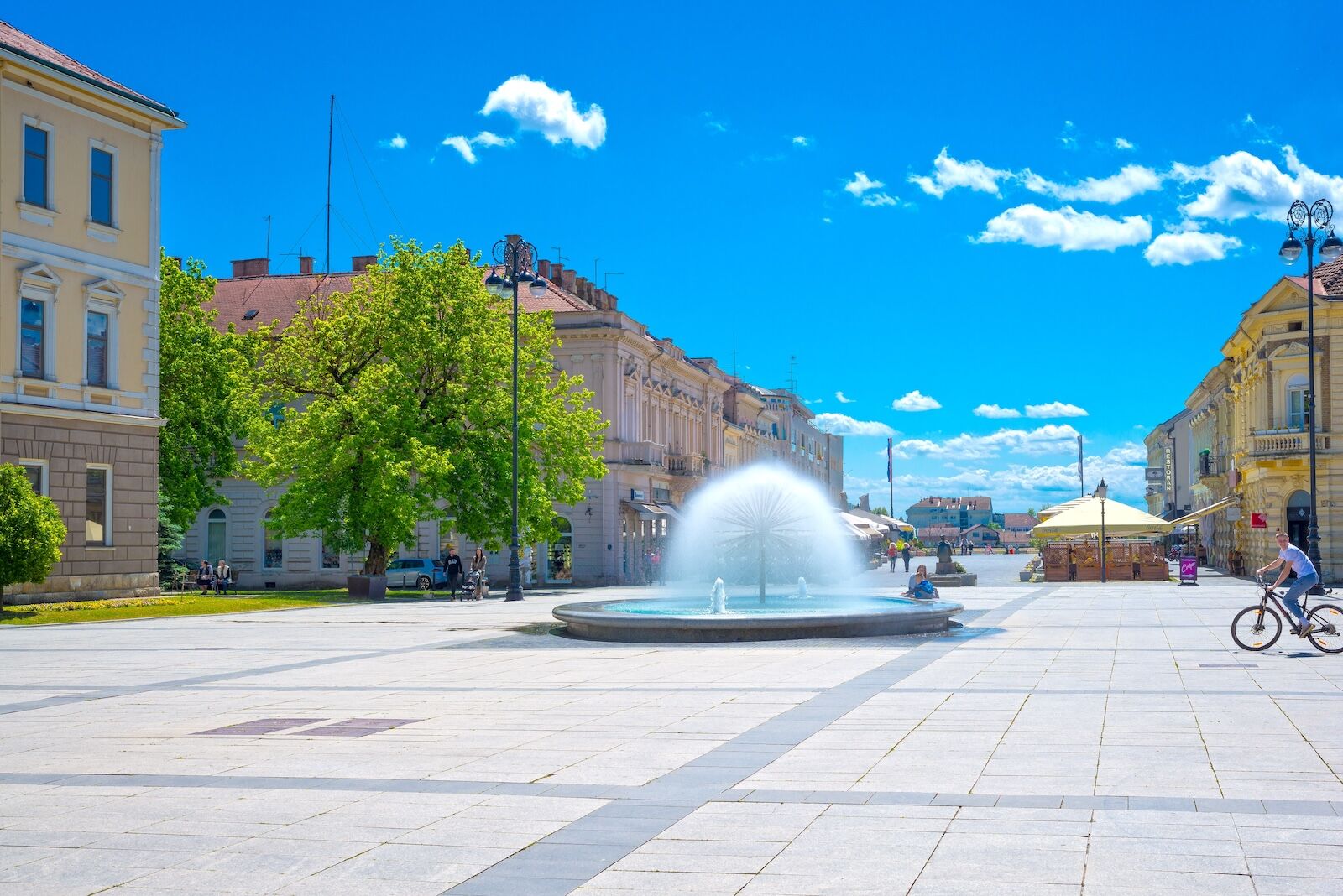Fresh, clean air isn’t just nice, it’s an essential factor to being healthy. Air pollution aggravates the risk of stroke, heart disease, lung cancer, and respiratory diseases and, according to the World Health Organization, it is estimated that outdoor air pollution was the cause of 4.2 million premature deaths worldwide in 2019. One place where air pollution isn’t a concern is the city of Uppsala in Sweden. The urban center of around 220,000 inhabitants is the European city with the cleanest air.


This Beautiful 13th-Century City Has the Cleanest Air in All of Europe, Official Report Says

Map and table: European Environment Agency
The European city air quality viewer is an official report published by the European Environment Agency that ranks European cities (372 of them, to be exact) according to their air quality, from the cleanest to the most polluted. The World Health Organization’s guidelines say that fine particulate matter should not exceed 5 μg/m3 for long-term exposure and only 13 cities in Europe match or are below that level, including the 13th-century city of Uppsala in Sweden which tops the ranking with just 3.5 μg/m3.
Until now, Uppsala, located 30 minutes north of the Swedish capital of Stockholm, wasn’t really known for its very low levels of air pollution. Uppsala’s claim to fame is that it was the site of the very first university in Scandinavia, Uppsala University, founded in 1477. Today, it is home to two universities: Uppsala University and the Swedish University of Agricultural Science and 41,000 students.
To have a good time in the European city with the cleanest air, plan a visit to the 13th-century Uppsala Cathedral whose towers dominate the cityscape. Take the time admire its stained-glass windows and all the treasures it holds. Another must-see place for the history buffs and library lovers is the Carolina Rediviva Library at Uppsala University, which is home to incredibly rare books, including the Silver Bible, a sixth-century manuscript written in silver and gold, as well as the earliest accurate map of the Nordic countries, the 1539 Carta Marina.

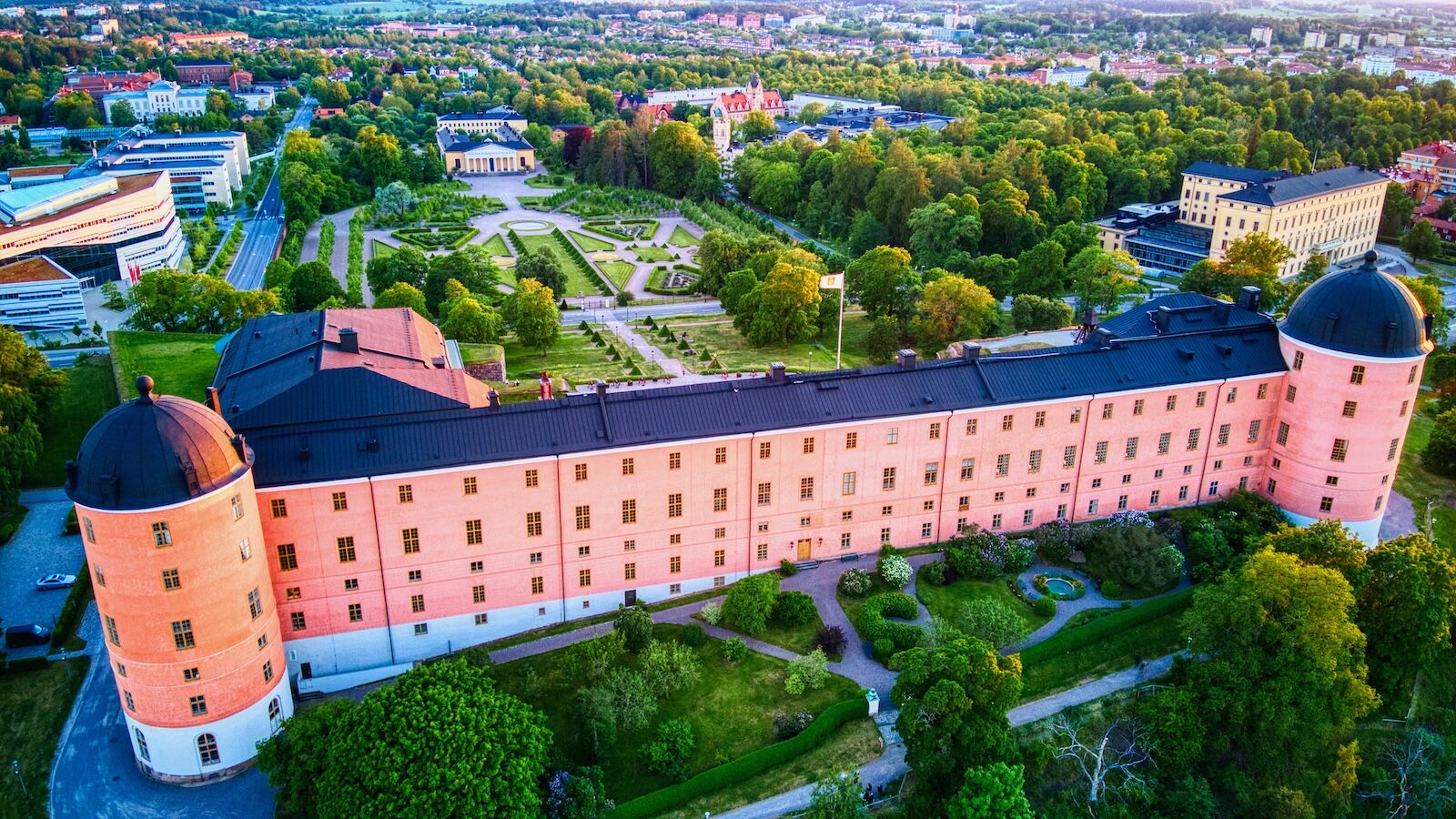

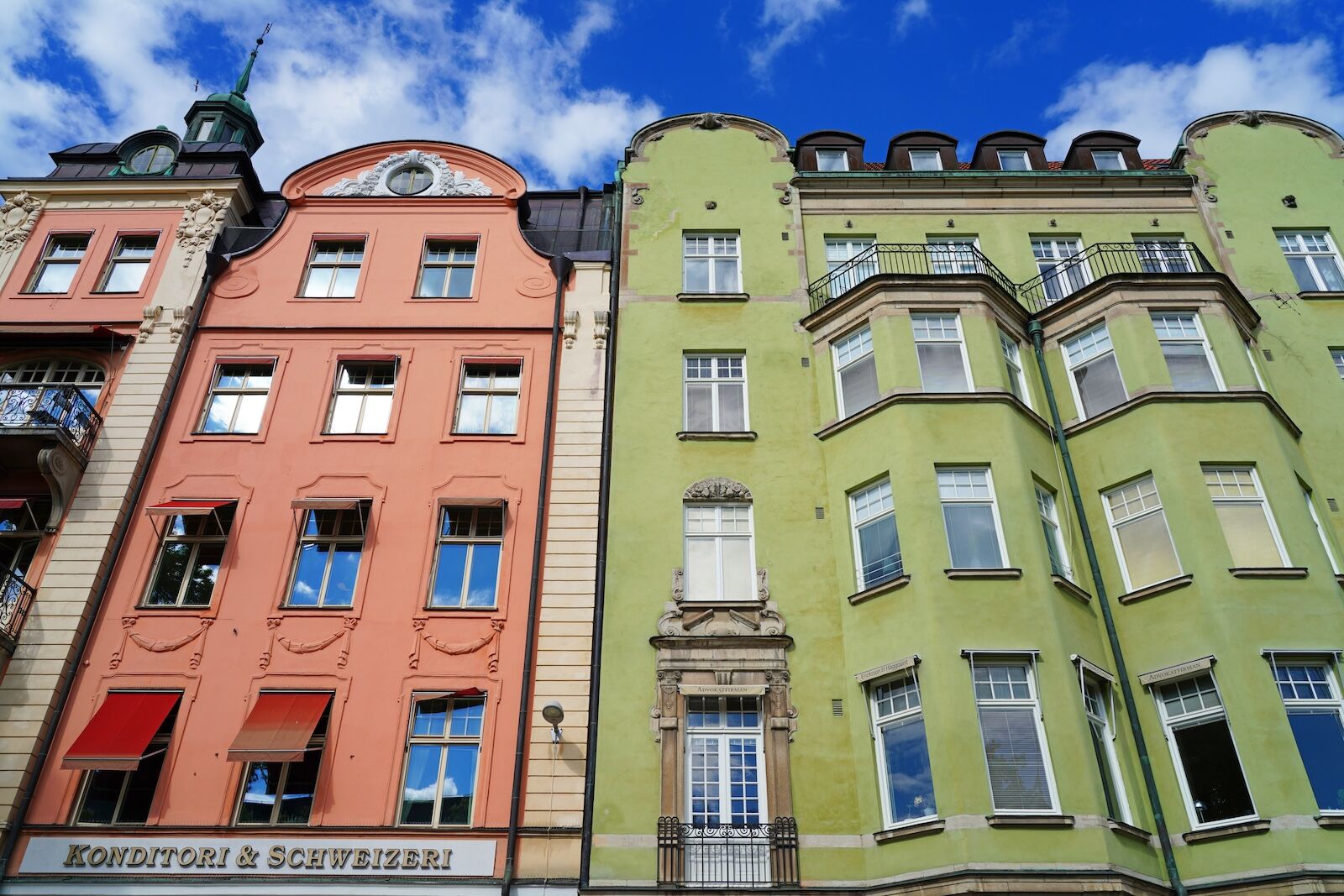
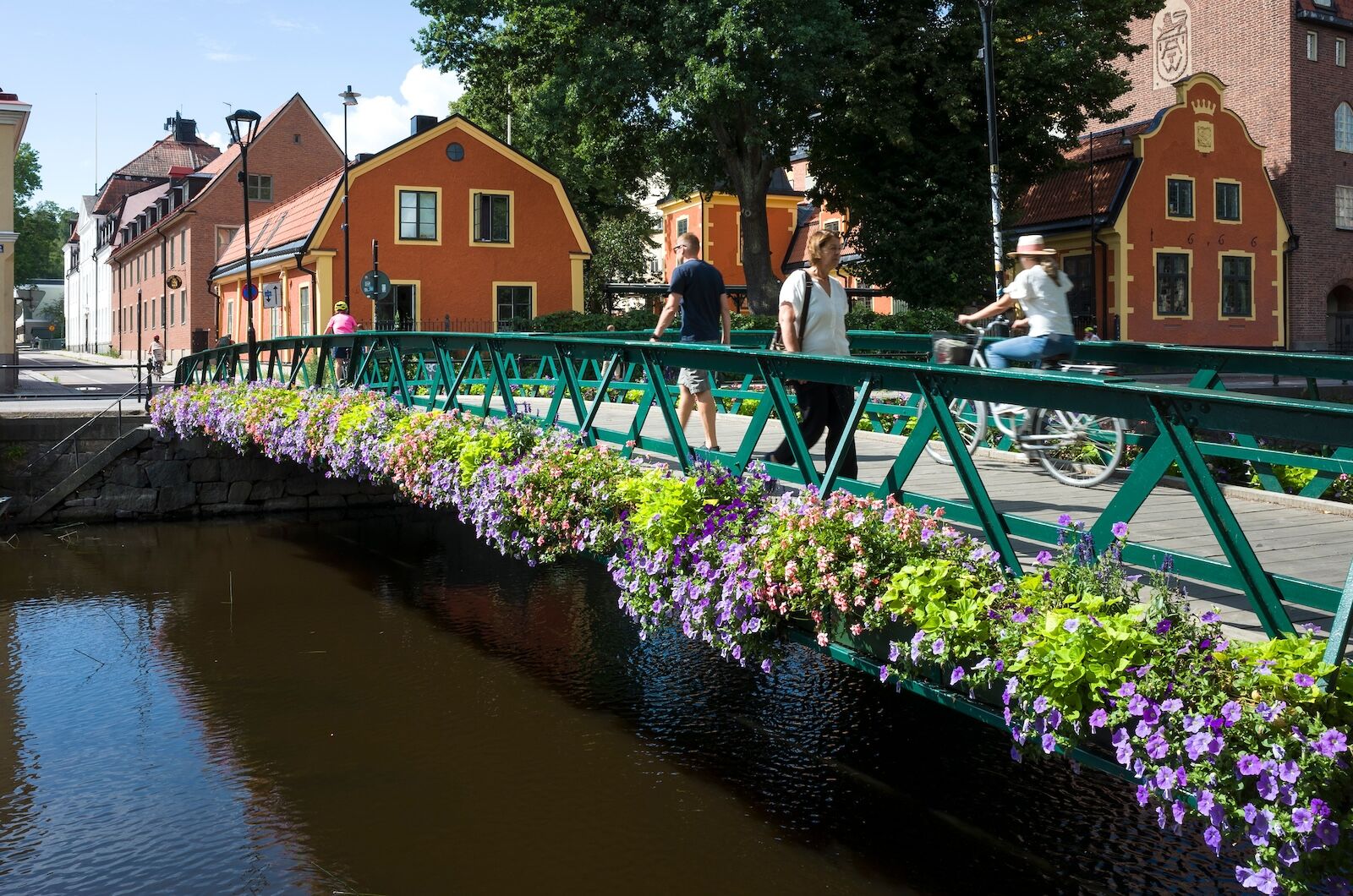
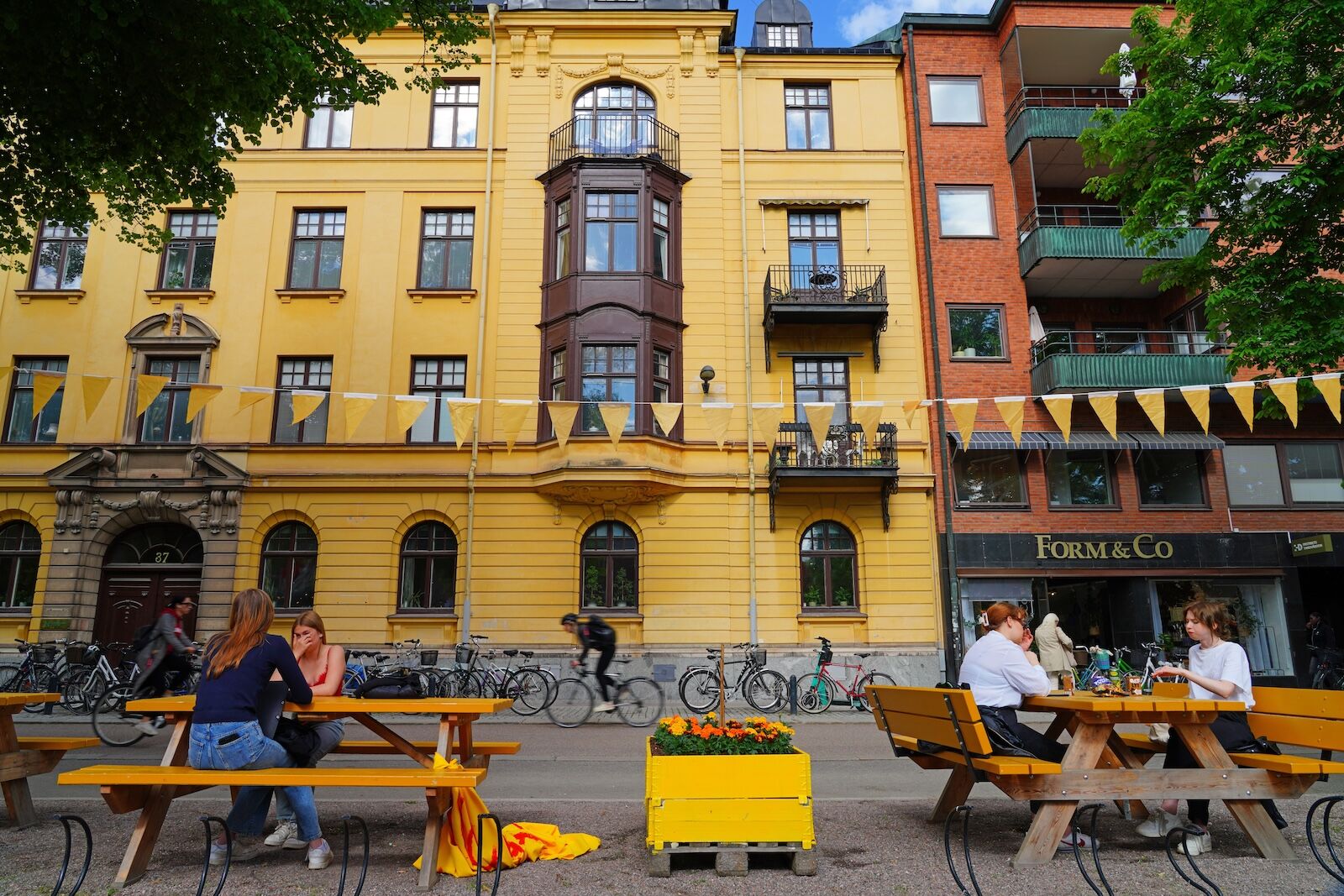
But, most importantly, while in Uppsala, make sure to also allocate time to just walk the city streets and admire the varied architecture styles. Vasahuset, an Art Nouveau residential building painted in the most beautiful blue color is a must-see, along with the 18th-century Pink Castle, the pastel-colored buildings on Östra Ågatan, and the early 20th-century Skandalhuset, home to one of the oldest movie theatres in Sweden. Despite being a city, Uppsala very much feels like a small town where everything is within walking distance, and with such clean air, exploring on foot is a no-brainer.
On the other end of the spectrum from Uppsala is Slavonski Brod, Croatia, officially the European city with the most polluted air with 26.5 μg/m3 of fine particulate matter. Located in eastern Croatia on the border with Bosnia Herzegovina, Slavonski Brod is the eighth largest city in the country with over 50,000 inhabitants. Despite being an industrial city (hence the air pollution levels), it’s got a rich cultural heritage and lovely attractions, including Ivana Brlic-Mazuranic Square in the center of town, as well as a fortress and a monastery that are worth a detour.
